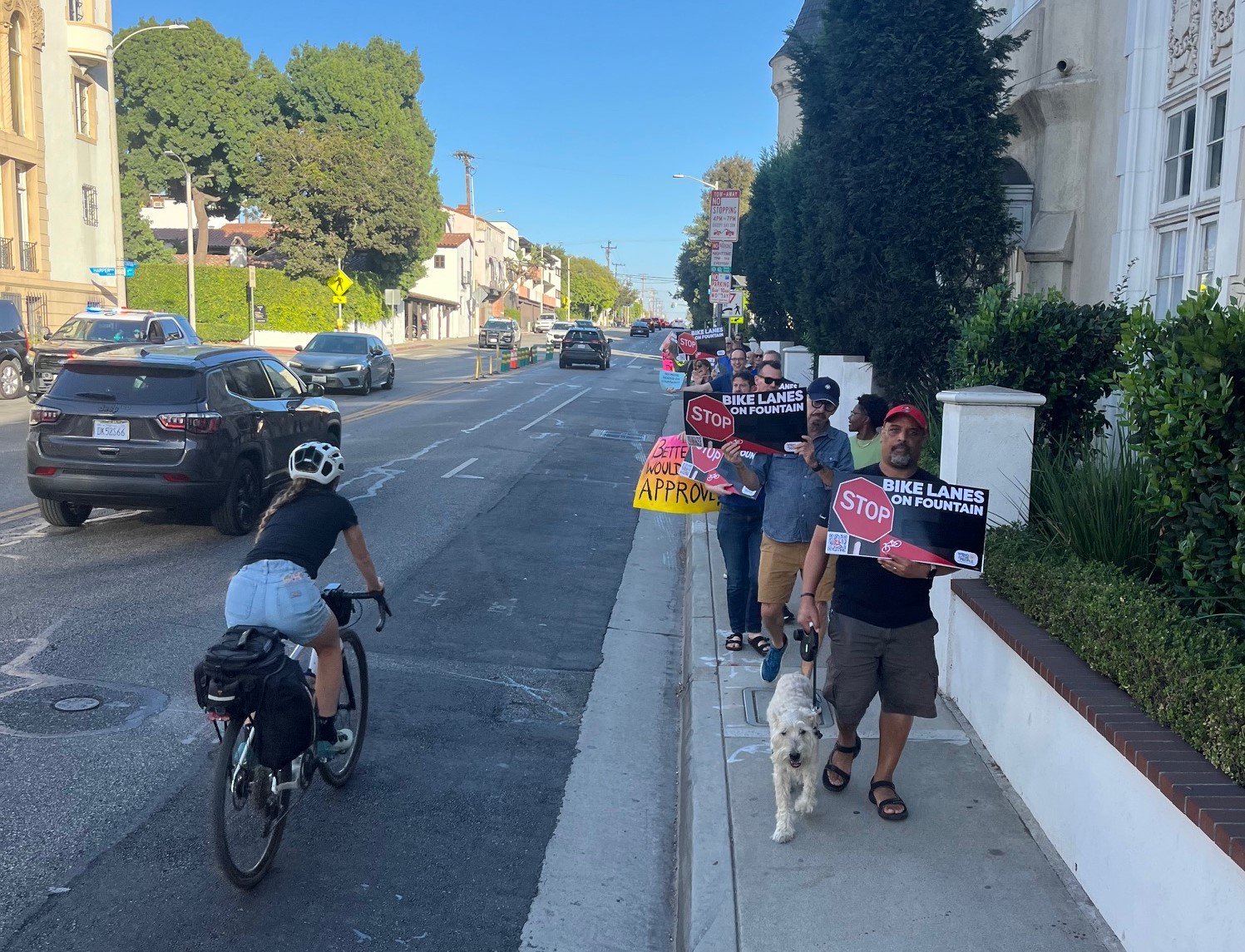For the last couple of days, there's been a lot of talk around the Streetsblog Network about a particularly horrific incident
on Monday in which a cyclist, Darcy Allan Sheppard, was fatally injured
on Toronto's Bloor Street in an encounter with a car allegedly driven
by the former attorney general of Ontario, Michael Bryant.
Montréal's On Two Wheels blog has a take that is unabashedly from a cyclist's perspective, but as Treehugger
said in their headline about the story yesterday, "It Gets Complicated"
-- Sheppard may have been drinking, he may have grabbed Bryant's car
and held onto it. We're not privy to all the evidence in the case, and
we're not going to pretend we know exactly what happened. But the
episode is a frightening reminder of the imbalance of power between
cars and cyclists.
 Traffic in Delhi. Photo by peeyush via Flickr.
Traffic in Delhi. Photo by peeyush via Flickr.By
sheer coincidence, the same night that Sheppard was killed, I was
reading an article in the latest issue of the literary magazine Granta about the brutally consumerist and often violent automobile culture of India's business elite.
The
piece, by the Indian writer Rana Dasgupta, begins by describing the
ever-more-chaotic roads of Delhi, where status -- as denoted by car
brand and price, with Western makes ruling the asphalt -- plays out
with cruel abandon:
The stricken carriageways are never adequate for the car mania, no
matter how many new lanes and flyovers are built -- and in Delhi, most
cars are stationary much of the time. …With so many cars jammed up against each other, each as hobbled as
the next, road travel could threaten to undermine the steep gradients
of Delhi’s social hierarchies. But here the recent car profusion steps
in to solve the very problem it creates. The contemporary array of
brands and models supplies a useful code of social status to offset the
anonymity of driving, and the vertiginous altitude of Delhi’s class
system comes through admirably, even on the horizontal roads.
Car
brands regulate the relationships between drivers: impatient Mercedes
flash Marutis to let them through the throng, and Marutis move aside.
BMW limousines are so well insulated that passengers don’t even hear
the incessant horn with which chauffeurs disperse everything in their
path. Canary-yellow Hummers lumber over the concrete barriers from the
heaving jam into the empty bus lanes and accelerate illegally past the
masses -- and traffic police look away, for what cop is going to risk
his life to challenge the entitlement of rich kids? Yes, the privileges
of brand rank are enforced by violence if need be: a Hyundai driver
gets out of his car to kick in the doors of a Maruti that kept him
dawdling behind, while young men in a Mercedes chase after a Tata
driver who dared abuse them out of the window, running him down and
slapping him as if he were an insubordinate kid.
The
article goes on to tell the story of Sanjeev Nanda, a scion of one of
India's wealthiest and most powerful families, who in 1999 killed
several people by plowing into a police checkpoint with his $160,000
BMW when he was drunk. Thanks to the corruption of the law enforcement
and judicial systems, he very nearly got away with it.
Dasgupta's
piece is riveting and deeply disturbing. It provides a rich and nuanced
view of the way the stark power of automobiles can both express the
inherent class divisions in a society and at the same time exacerbate
them. Anyone who is concerned about the influence of the motor vehicle
on human behavior should read it.






